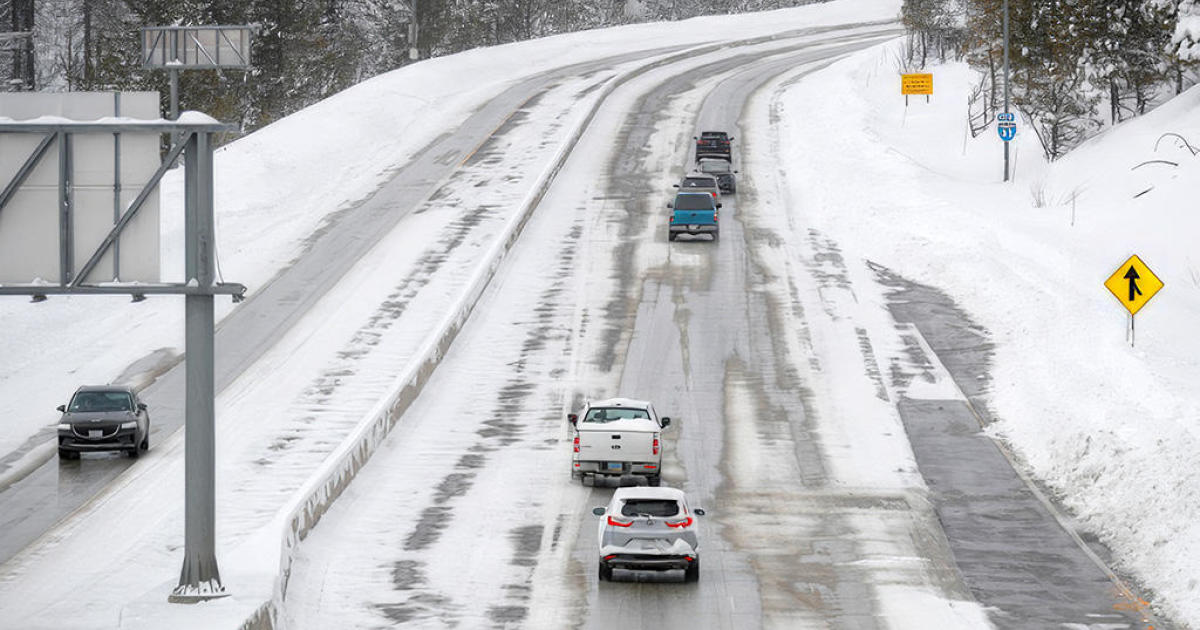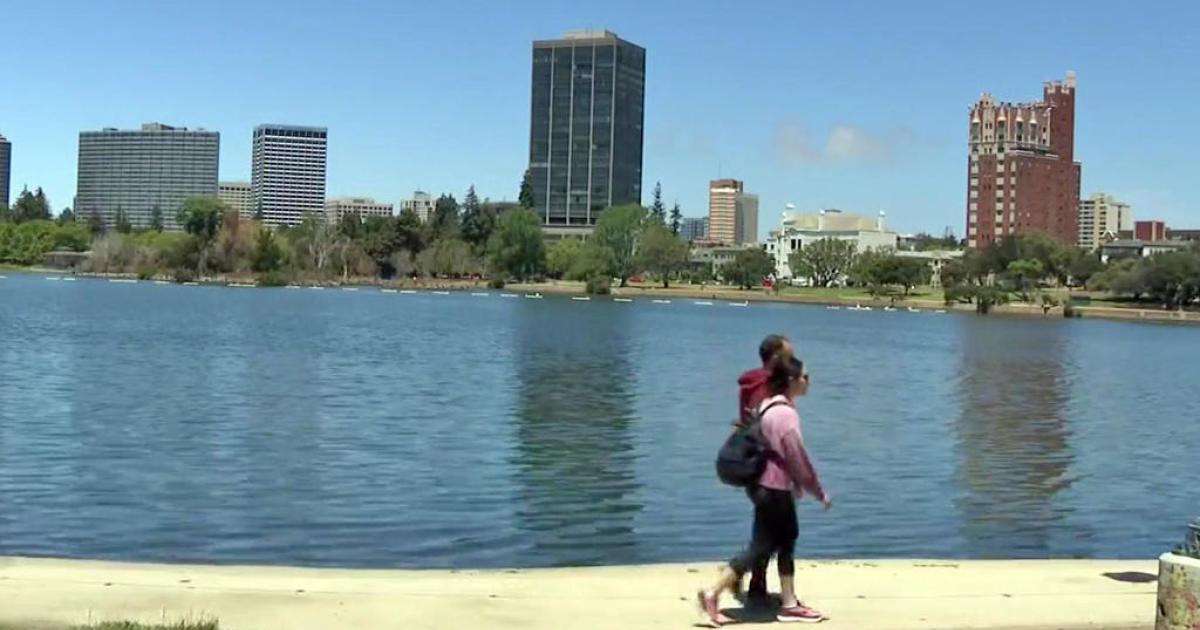After years of drought, Marin reservoirs at 'average' levels a hopeful sign
MARIN COUNTY – So far this year in Marin County, the rainfall has been a bit disappointing. But the reservoirs are standing at about exactly average for this time of year, and "average" has never felt so good, especially after years of drought.
In fact, currently standing at about 2/3 capacity, it would be hard for Lake Lagunitas to get any more average.
The Marin Municipal Water District lists it at 99.91% of the historic average at this time of year. But that's only because of the near miracle the area saw last year.
This season, the area has only seen about seven inches of rain, but in October and December of 2021, the Tamalpais Watershed had more than 22 inches.
It came at a time when lake levels were so low that the district was considering running a pipeline across the Richmond-San Rafael Bridge to bring water in.
"That really resurged our water supply in our reservoirs, and we've been able to remain above or at average storage levels as a result of that throughout all of 2022," Marin Water spokesperson Andiane Mertens told KPIX 5.
Farther north in Novato, the same is true. The North Marin Water district has only one storage site, Lake Stafford, and the agency's General Manager Tony Williams said Wednesday that, while rainfall in its watershed is also down, the reservoir is right about normal for early December.
"From that standpoint, we're looking good," said Williams. "Obviously, we would love to have more rainfall. We would love to fill this lake and actually spill it this year. Probably not likely..."
If that ever does happen, the district has an idea for saving some of the water that would normally pour over the spillway. There is a small, 3-foot-deep notch cut into the lake's spillway as a flood control device.
North Marin Water wants to build a moveable gate that could slide up to block the notch. That one small change could potentially save 10% of the lake's capacity.
"We think that putting this gate in what was otherwise a notch on purpose, will help both water supply and flood control," Williams told KPIX 5.
Of course, that would require the lake to once again be completely filled, which, after the way the lake has looked during the drought, feels a bit farfetched. Willams says climate change has altered what we can expect in the way of weather.
"We're going to get these extreme events," he said, "and that could not only help with water supply but could also cause a flooding problem, depending on how often, and the intensity levels of those rainfalls."
In discussing rainfall, water districts always use the word "average," not "normal." That's because no one really knows what normal even means anymore.




